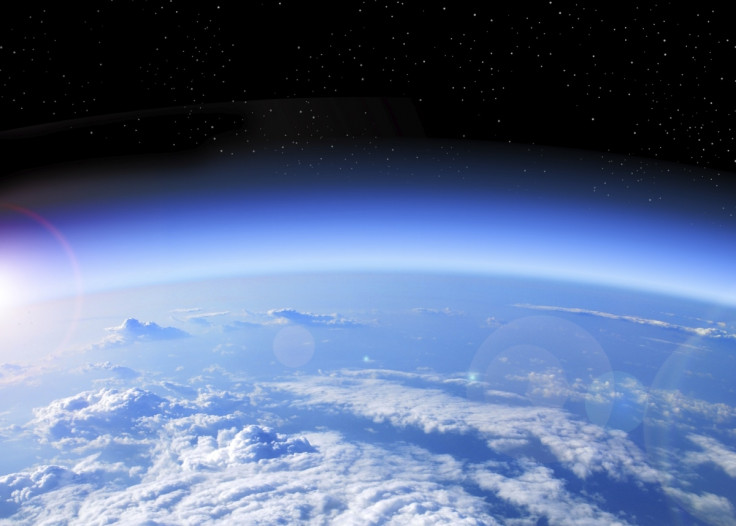Antarctica's ozone-layer hole is slowly healing as chlorine-pollutant levels decrease
As CFCs are increasingly discontinued, the hole is predicted to close entirely by the middle of the century.

The hole in the ozone layer over the Antarctic is showing signs of shrinking after it persisted for decades, scientists have said. Ozone levels appear to be increasing slowly due to the decreased use of ozone-depleting chemicals since the signature of an international treaty in 1989.
The agreement, known as the Montreal Protocol, discontinued the industrial production of chlorofluorocarbons, or CFCs. These chlorine-containing chemicals can trigger the destruction of stratospheric ozone, allowing UV light to come through and potentially cause cancer if people are exposed to it.
In this study, published in Science, the researchers investigated how large the Antartica's stratospheric ozone hole is and the impact of the progressive decline in pollutants due to international effort.
Polar ozone trends
The depletion of the ozone layer is a seasonal process, starting each year in late August, as the Antarctica emerges from its dark winter. By October, the hole is fully formed. In the late 20th century, the rate of this depletion appeared to be accelerating every year.
The scientists thought that looking at ozone levels in September - when cold winter temperatures still prevail and the ozone hole is opening up – could provide a clearer picture of how the hole was evolving without getting confused by intrannual variations .
How chlorine pollutants interact with the ozone layer
In the winter over the Antarctic, nitric acid and water condense out of the atmosphere and form clouds. The surfaces of the cloud particles chemically interacts with chlorofluorocarbons - creating reactions that release chlorine.
In the presence of light, this chlorine can destroy ozone. Indeed, when combined with light, the chlorine atom reacts with the ozone molecule by breaking it apart. This also explains why this process of ozone depletion only gets started in the spring, because that's when light comes back.
Using satellite ozone measurements, weather balloons and model calculations, the researchers observed regular, seasonal increases in ozone column amounts and a slowing down of the rate of depletion in September, from year to year.
In fact, they determined that since 2000 – when ozone depletion was at its peak – the hole visible in September had shrunk by up to 1.5m square miles. This was attributed to the fact the Montreal Protocol had been effective.
"We can now be confident that the things we've done have put the planet on a path to heal," says lead author Susan Solomon, from MIT.
"Which is pretty good for us, isn't it? We got rid of the problematic chemicals, and now we're seeing the planet respond."
The role of the weather
Despite this positive trend, the ozone hole reached a record size in October 2015, leading scientists to look for factors other than chlorine pollutant to blame.
Going through their ozone measurements and meteorological data, the researchers realised this massive ozone depletion was due primarily to the eruption of the Chilean volcano Calbuco. Although volcanoes do not inject significant chlorine into the stratosphere, they increase the amount of small particles, and therefore of stratospheric clouds with which human-made chlorine can react.
The team believes that the ozone hole would shrink further and could eventually close by the middle of the century, providing the levels of chlorine chemicals stay low and no more massive volcanic eruption occurs.
© Copyright IBTimes 2025. All rights reserved.






















